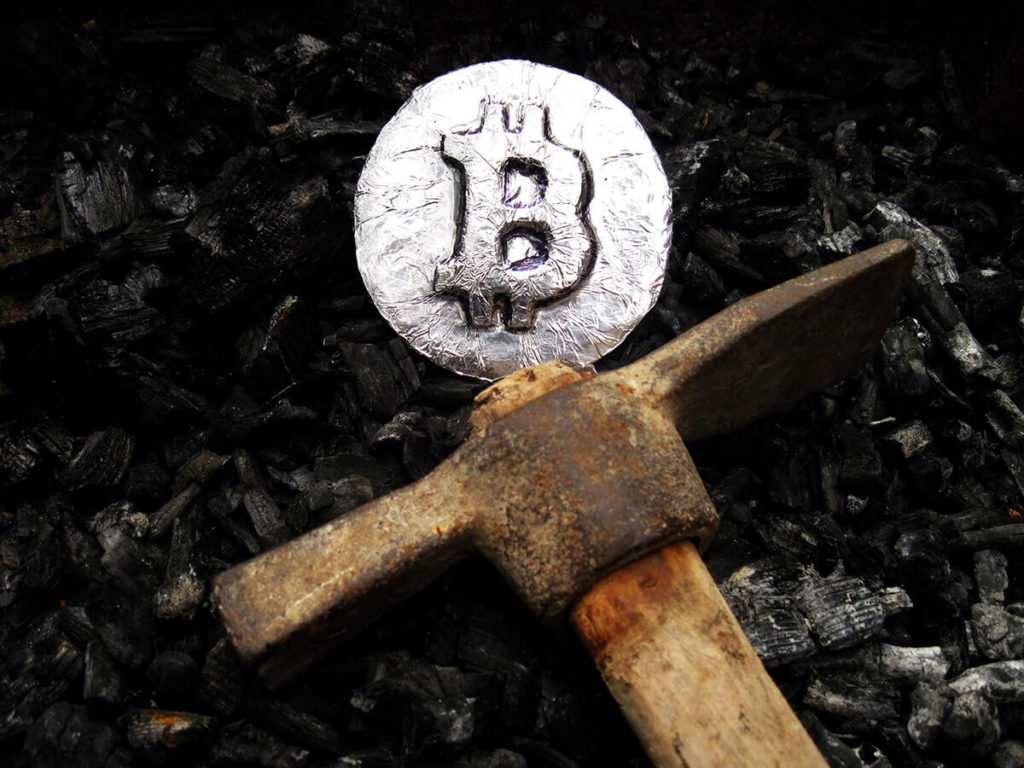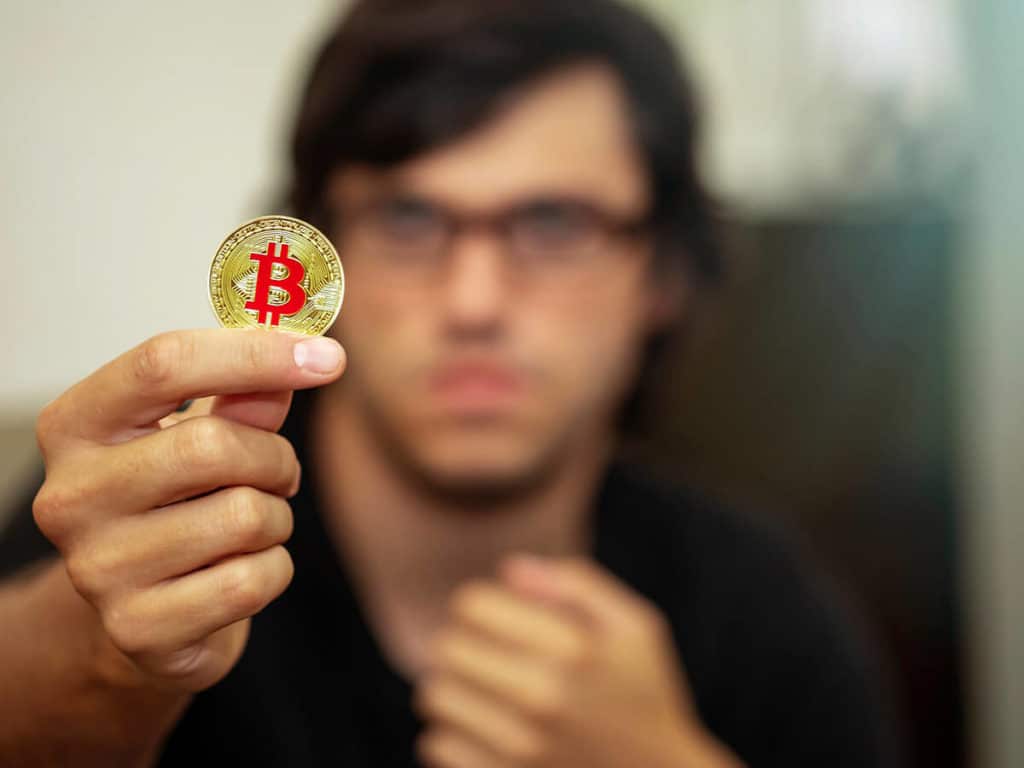Bitcoin Halving: Everything You Need to Know

Bitcoin, Cryptocurrencies
Bitcoin halving is the main algorithm of emission control for Bitcoin, and it is what allows Bitcoin to be maintained without any authority. There is a cap on the total supply of Bitcoin, which has been mined since 2009. New Bitcoins are created by mining new blocks created every 10 minutes. Bitcoin miners who discover blocks are paid for transactions in that block. The amount was originally 50 Bitcoins, but it is halved every 210,000 blocks. This takes about four years.
How Does Bitcoin Halving Occur?

Bitcoin halvings, also called halvenings, are scheduled to occur every 210,000 blocks. That means that once 210,000 blocks are mined, the amount of Bitcoin that miners earn for verifying transactions is cut in half. The original amount was 50 Bitcoins. After the first 210,000 blocks were discovered, it was reduced to 25 Bitcoin. Currently, the Bitcoin reward is 12.5 Bitcoin. The next halving, which is scheduled to occur in May 2020, will see that amount reduced to 6.25 Bitcoin. This process will continue until the system creates the final and 21 millionth Bitcoin.
How Does Bitcoin Halving Impact Traders?

After a Bitcoin halving, there are fewer Bitcoins produced by the system. If it stays solid, this could potentially increase the value of Bitcoin. The process of halving limits the supply of new coins, which could lead to a rise in price for Bitcoin if demand stays strong. Although this has occurred during past halvings where Bitcoin saw a rapid price increase, Bitcoin’s value can fluctuate by a large margin very quickly.
When Is the Next Bitcoin Halving?
The next Bitcoin halving should occur in the third week of May 2020. When the number of blocks reaches 630,000, the reward will drop from 12.5 to 6.25 Bitcoin for miners.
How to Trade Bitcoin for the 2020 Halving and Beyond

If you are interested in trading Bitcoin for the halving, you should not wait until May. You will notice that as the date gets closer, the price could move up. It would be best to place a stop loss on your trade to protect yourself because Bitcoin can be very erratic. Make sure that you invest only what you can afford to lose, and have fun with it.
Will Bitcoin Increase in Value?

If you look back at the 2012 and 2016 halvings, there was an increase in value over the 150 days following the halving. In 2012, the price on halving day was $12.35, and after 150 days, it was $127. In 2016, the price on halving day was $650.63, and after 150 days, the price was $758.81. A year later, in 2017, Bitcoin increased to $2526, and it continued rising until it went through a correction.
Although Bitcoin has gone up in value after previous halvings, it did in 2020, depending on the demand. If people sell their Bitcoin, its price will go down. If they buy, it will go up.
The best way to approach it is to risk what you can afford to lose and see what happens.



